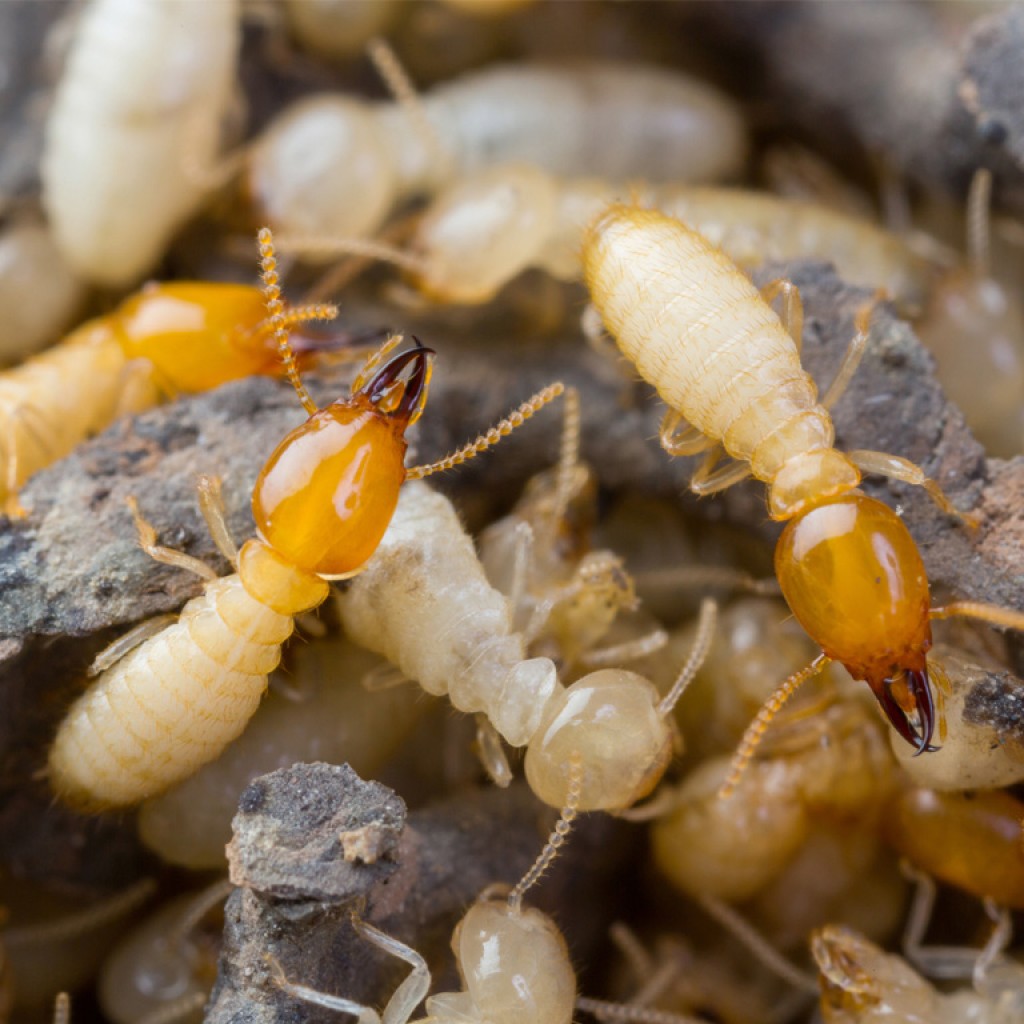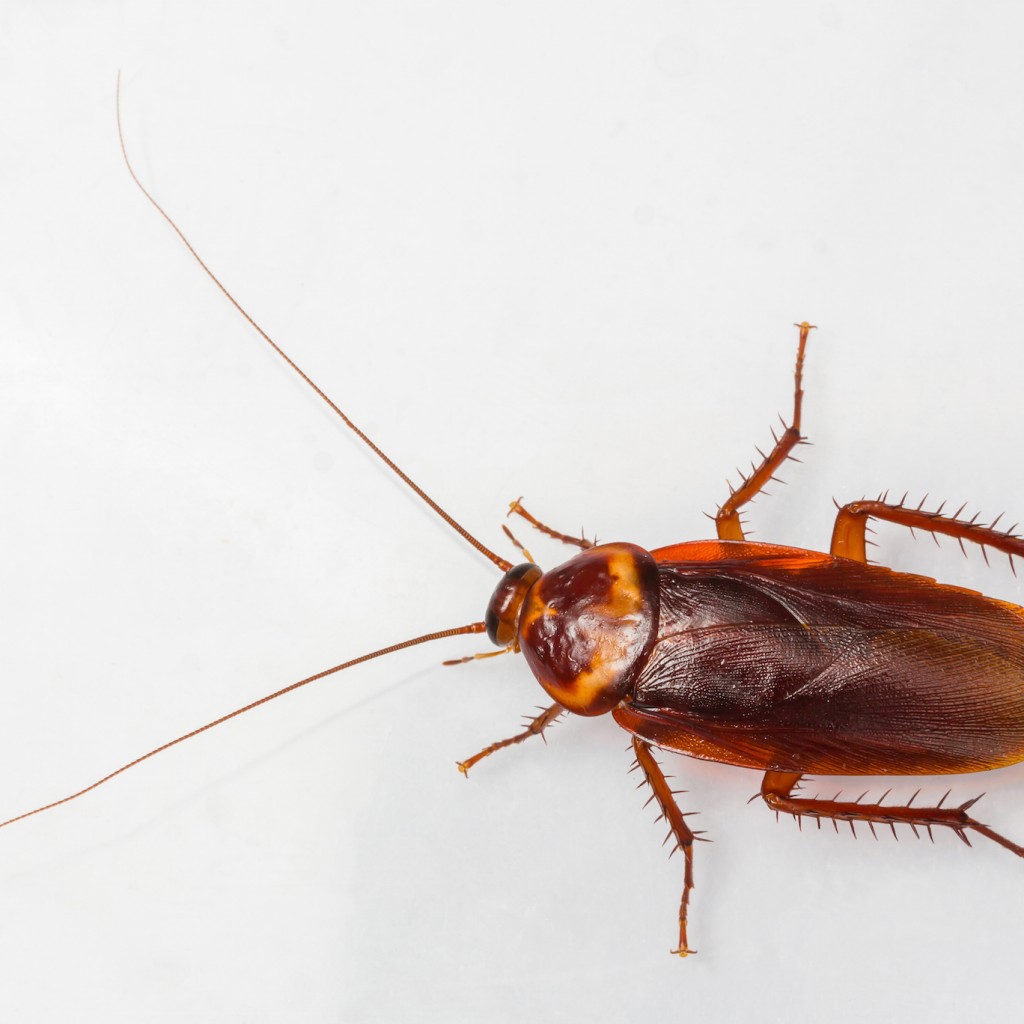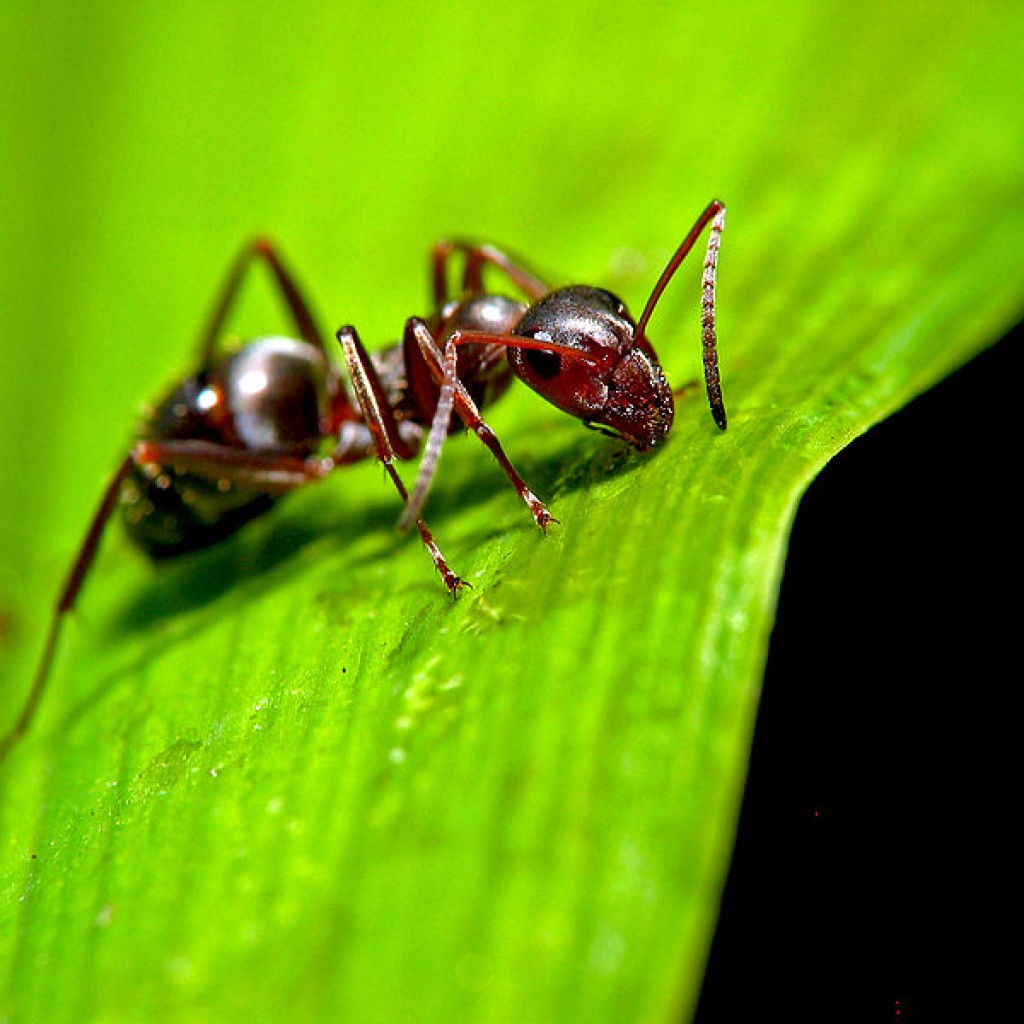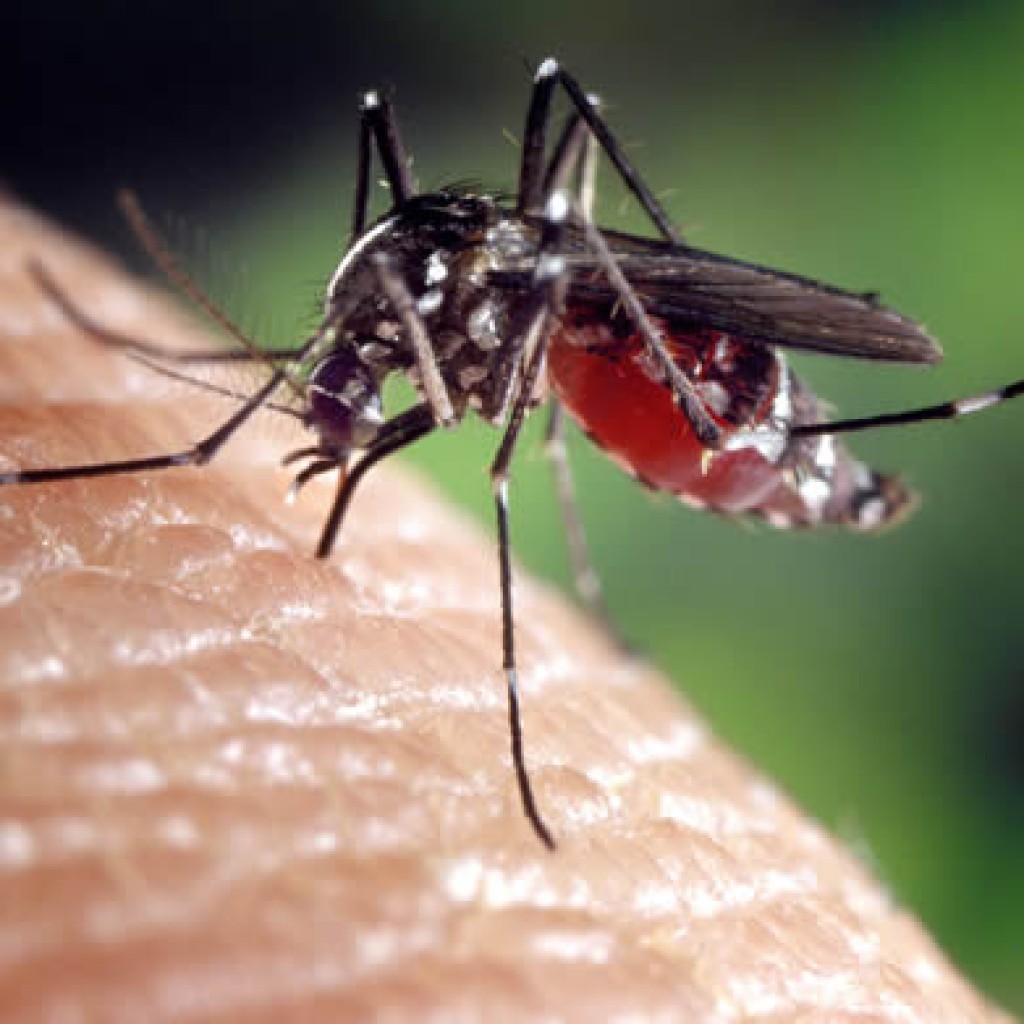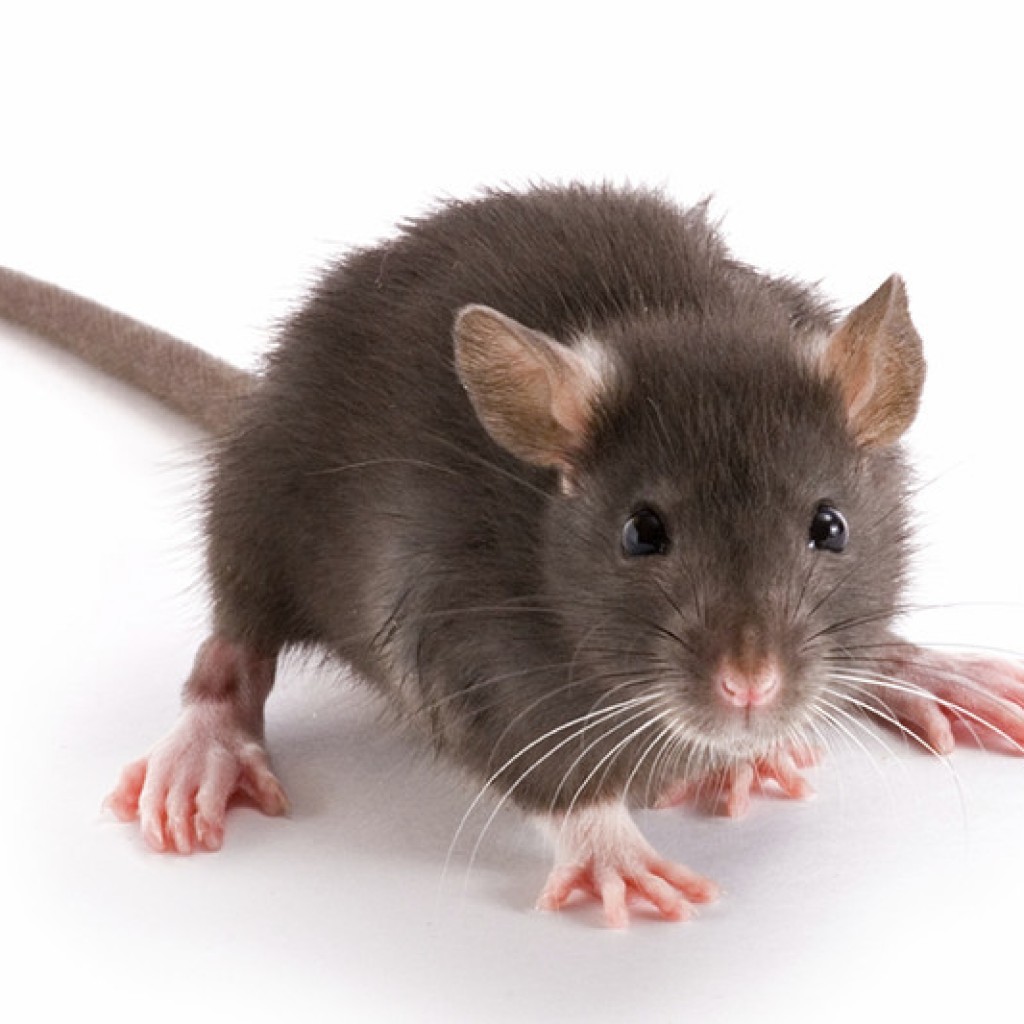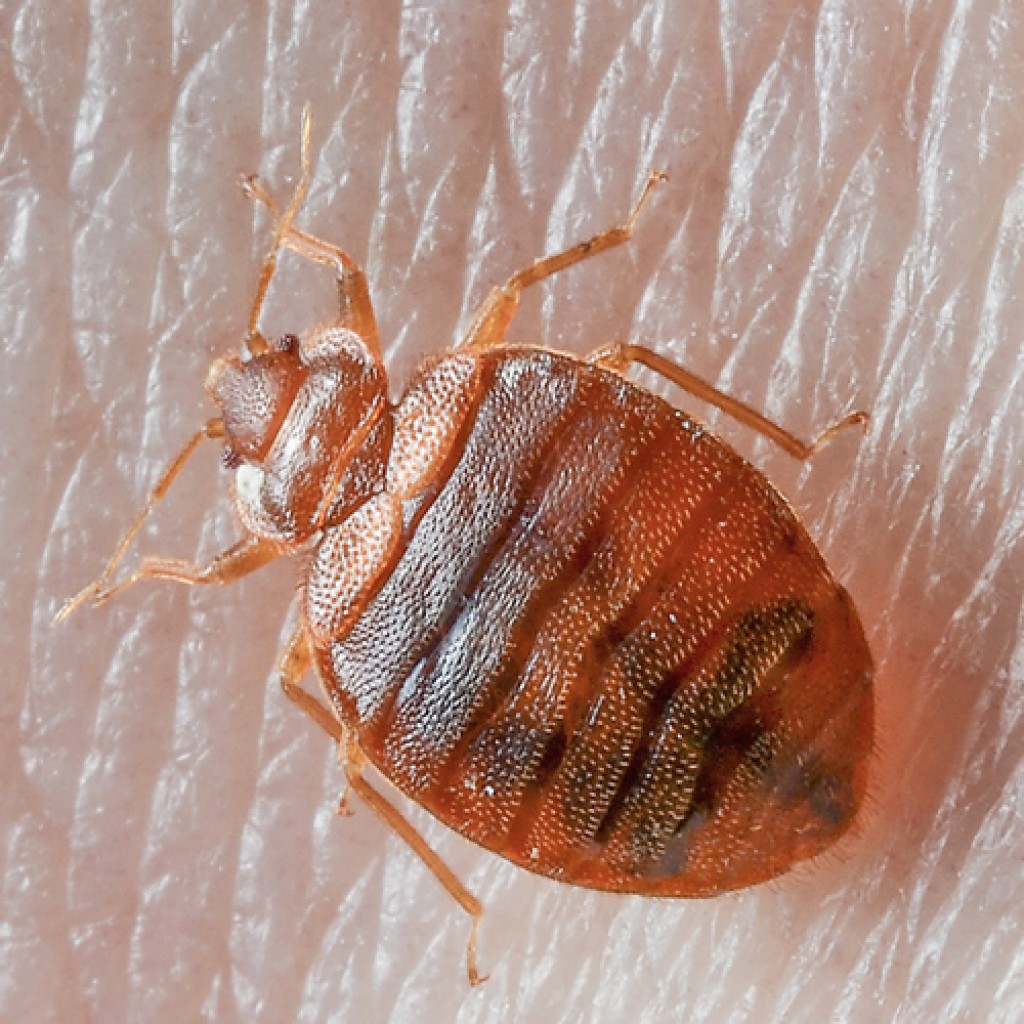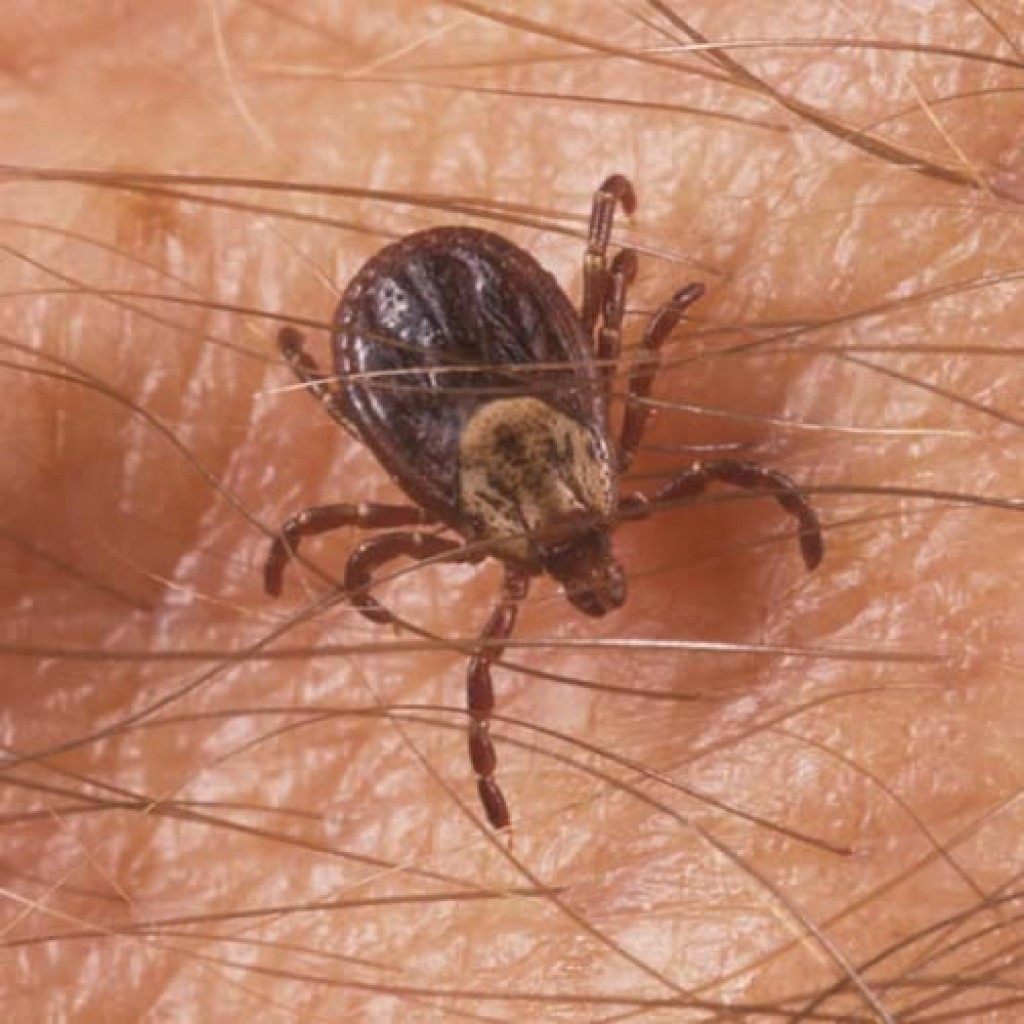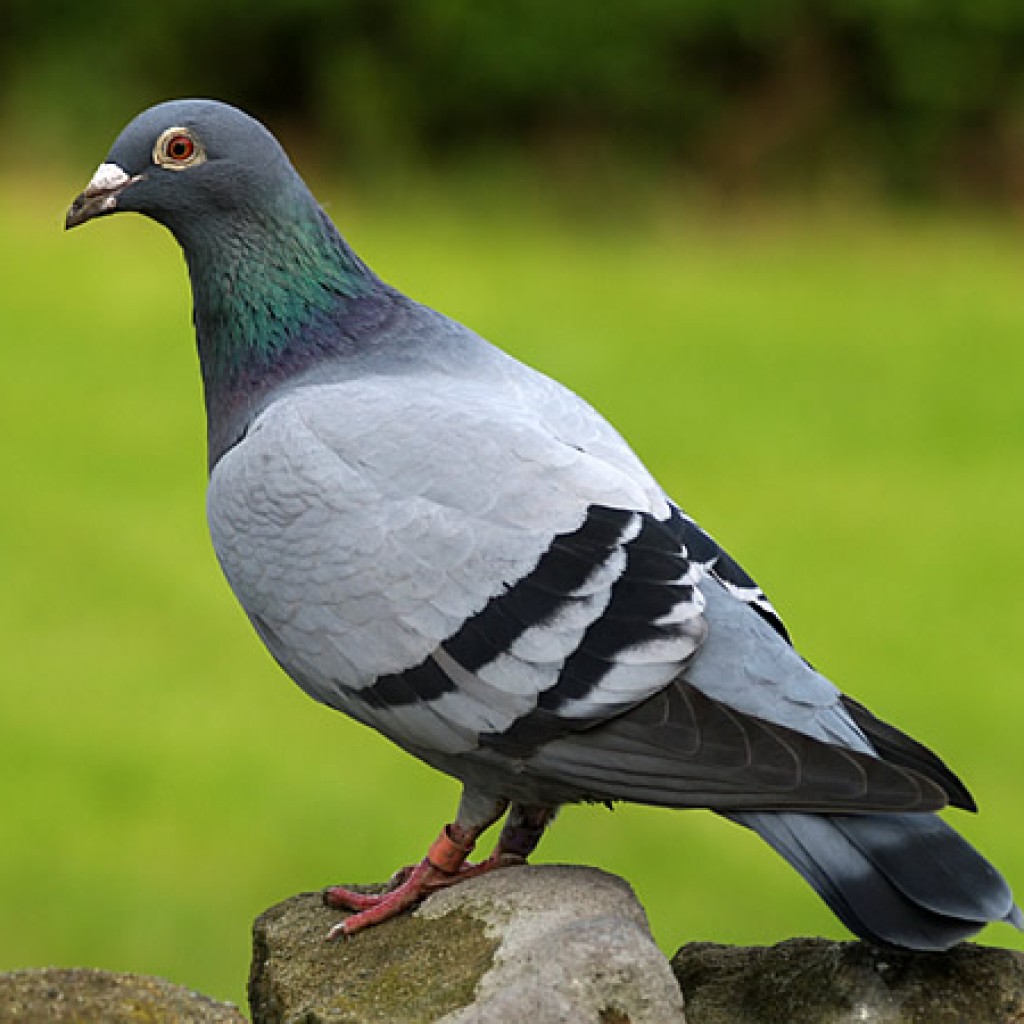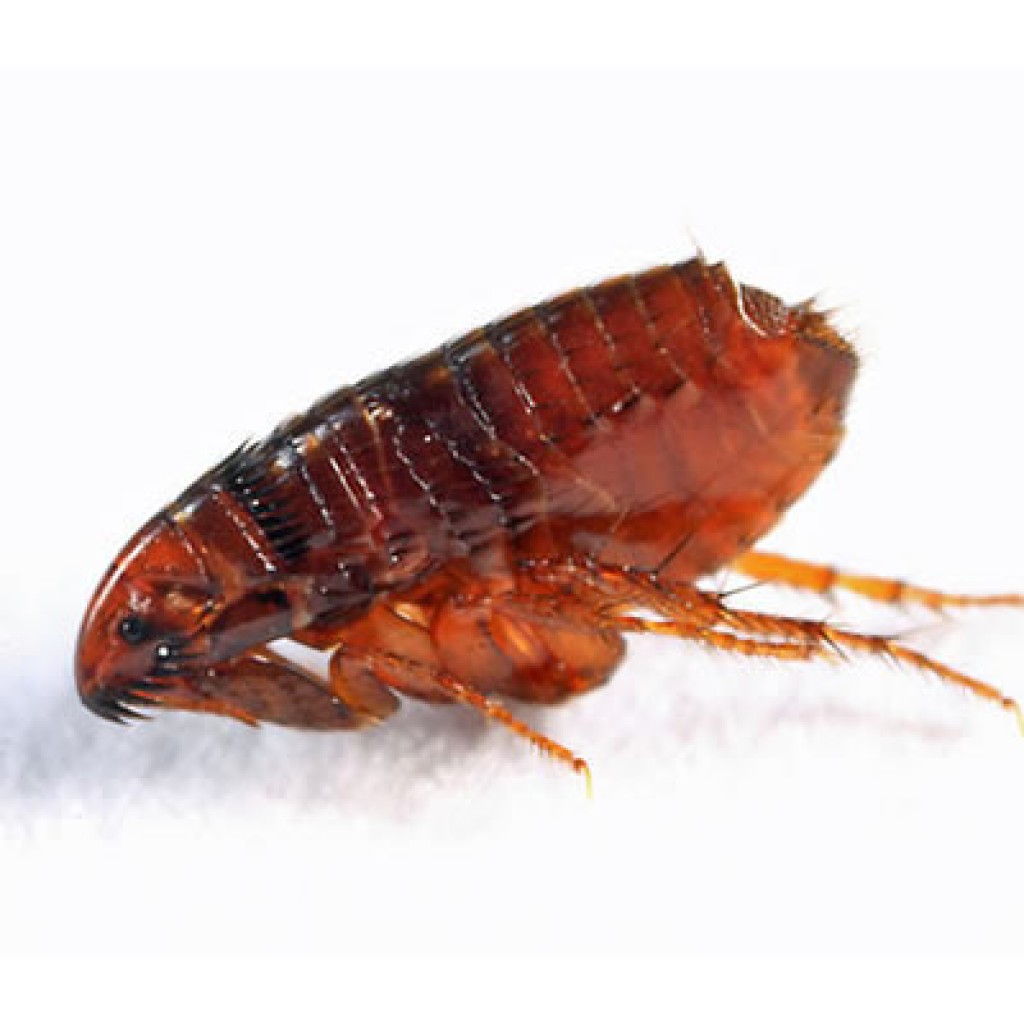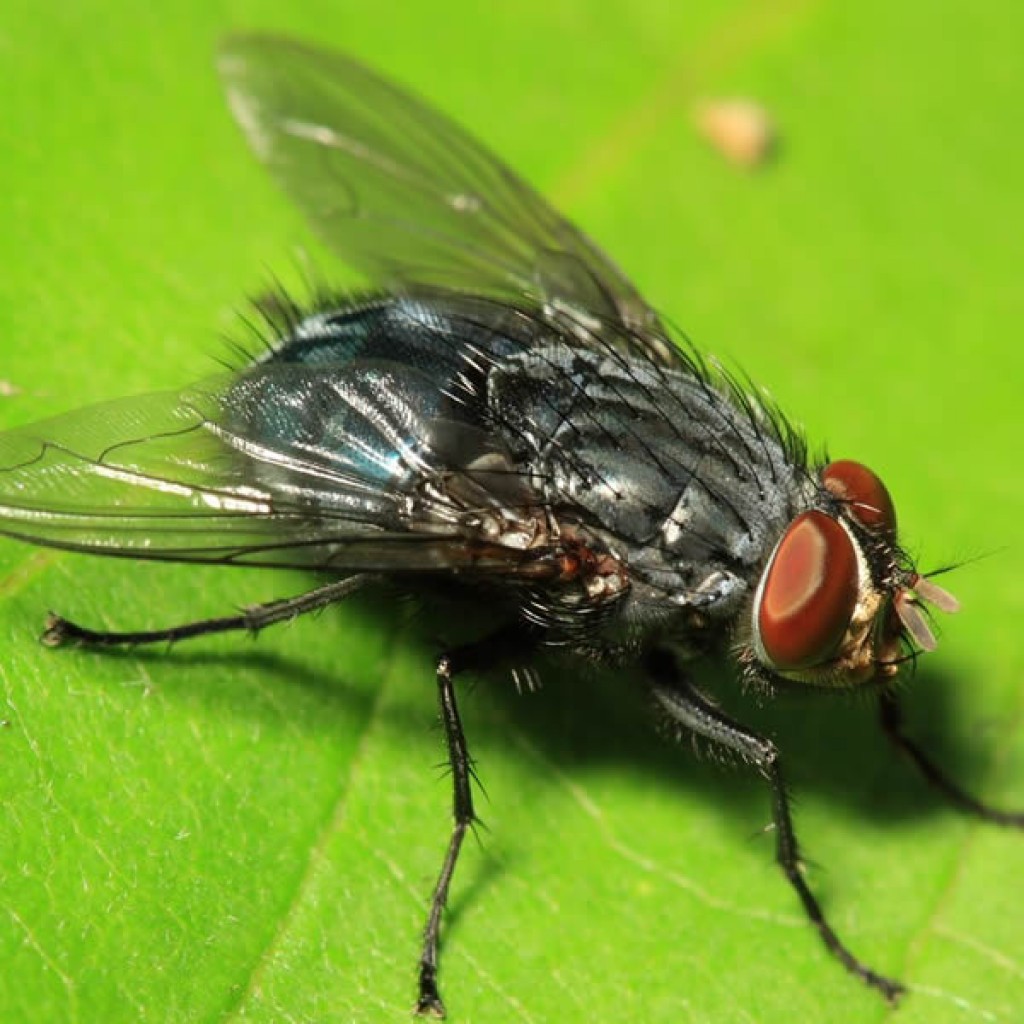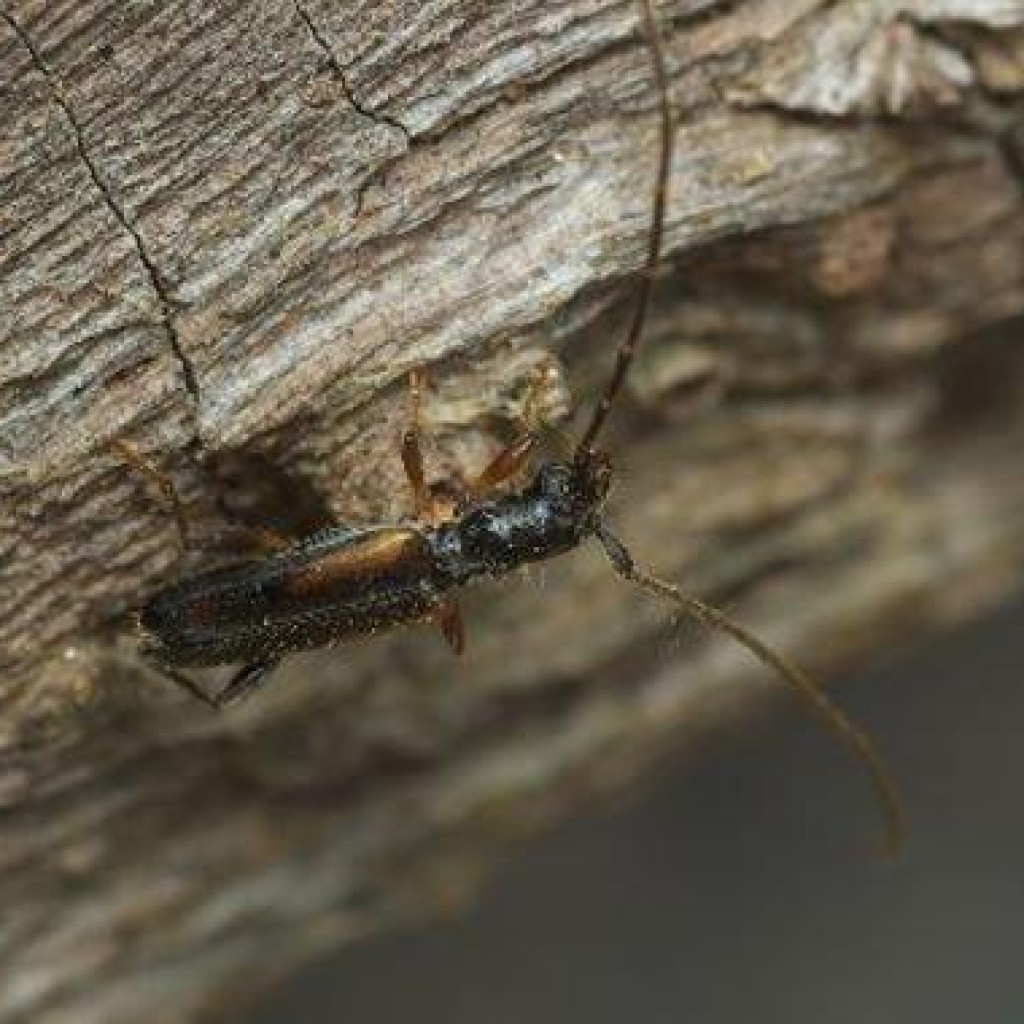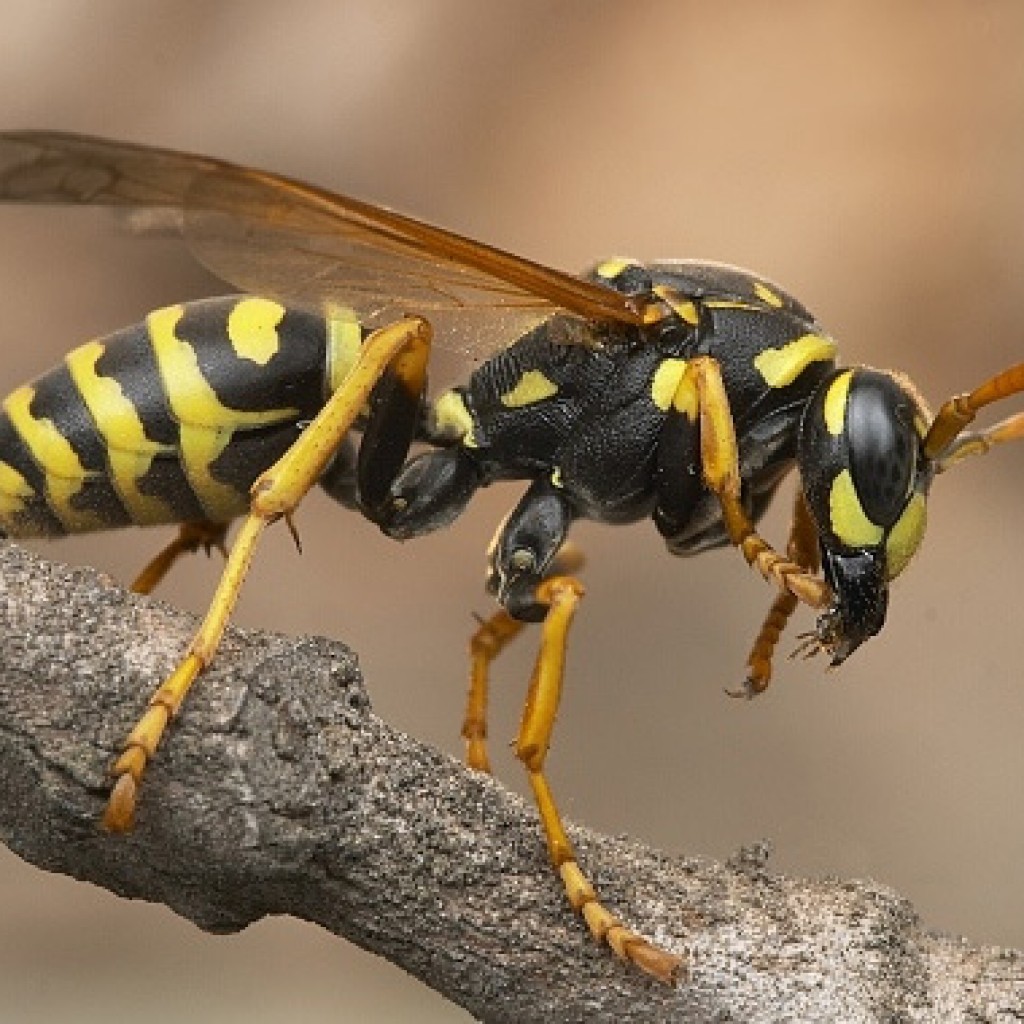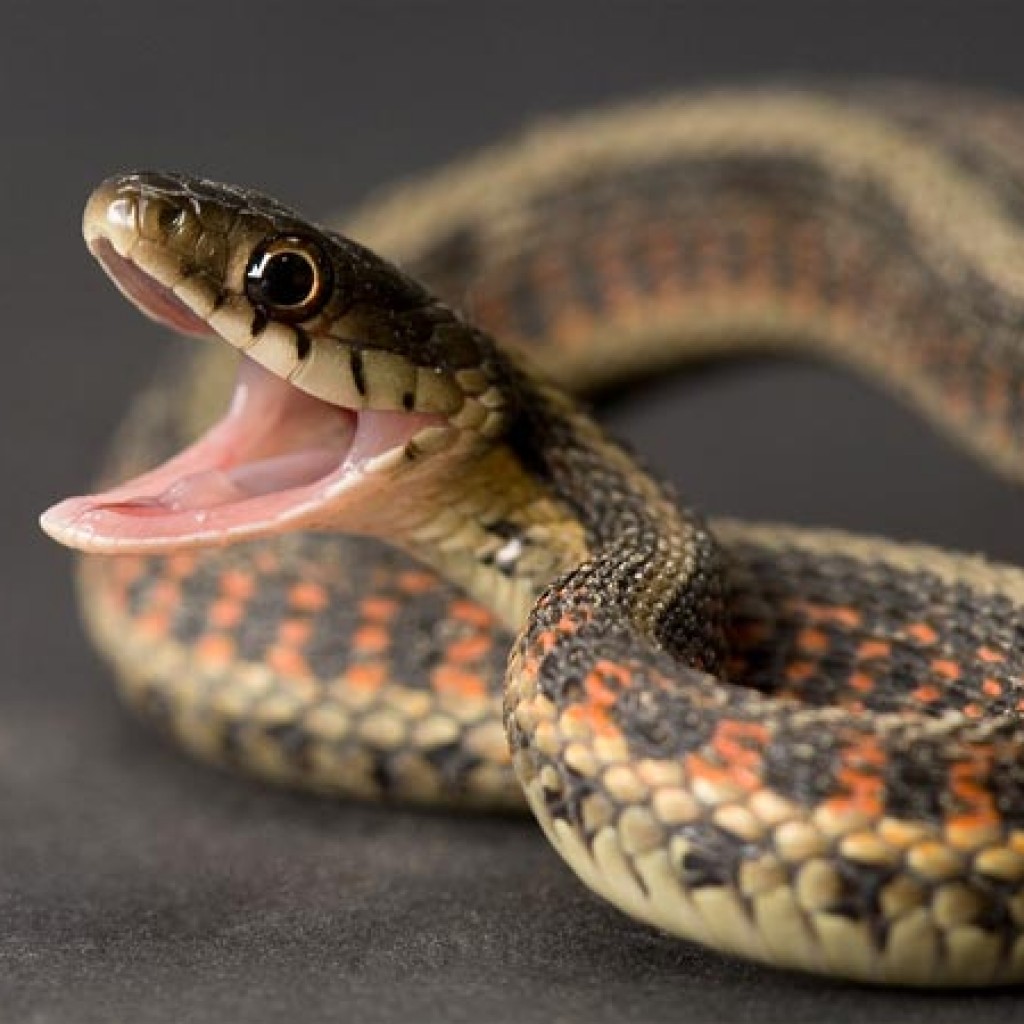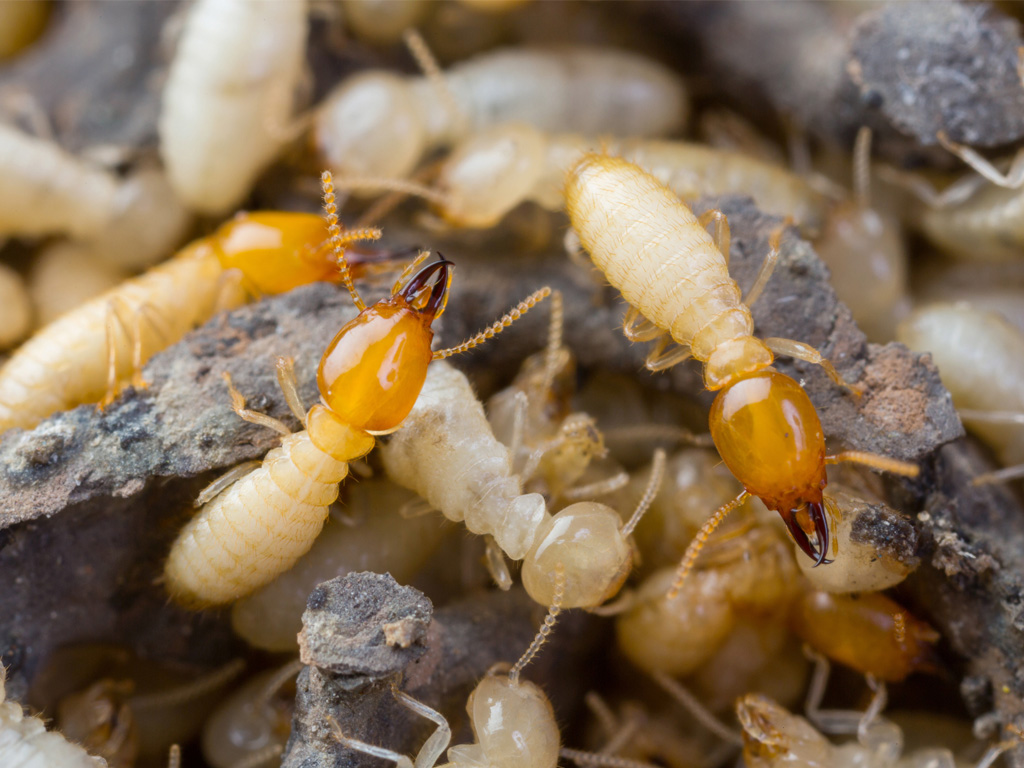
Termite is a small, pale soft-bodied insect that lives in large colonies with several different castes, typically within a mound of cemented earth. Many kinds feed on wood and can be highly destructive to trees and timber. Also called white ant.
Biology of Termites
Termites live in colonies and build their nests in soil and/or wood. Wood is the main food of all termites, even those that nest primarily in the soil.The queen, the breeder of colony, can live up to 18 years. A mature colony will have a number of nesting and feeding sites, all connected by tunnels through the wood.
A single colony can have millions of termites and spread across a half an acre. The termites literally eat the wood to build their colonies. Because they eat it from the inside out, you may not even know you have them until there is significant structural damage. Termites never sleep – they are always eating 24 hours a day, 7 days a week.
Termites shed their wings when they find a place to build their nest. There are three types of termite – drywood, dampwood, and subterranean. Like carpenter ants, dampwood termites infest wet and damaged wood. But drywood termites will infest and damage sound wood and will also eat wallpaper and plastics. Drywood insects will tunnel into sound, undamaged wood, though they do need some moisture to survive.
Where
TERMITES have been munching away on wood for over 250 million years, long before people started building their homes from wood products. Termites recycle wood products into soil by feeding on and breaking down cellulose, the main component of the cell walls in plants. Most of the 2,200 or so species of termites live in the tropics.
Did you know that termites cause COST damage in our property? The cost of damage to the structure of the building is more than the cost of preventative measure and maintenance cost of the building. Despite the damage and destruction the wreak, termites are actually beneficial in nature, aiding in the decomposition of dead and decaying wood and the return of nutrients to the soil.
Sign Of Infestation

Mud tubes built by subterranean termites
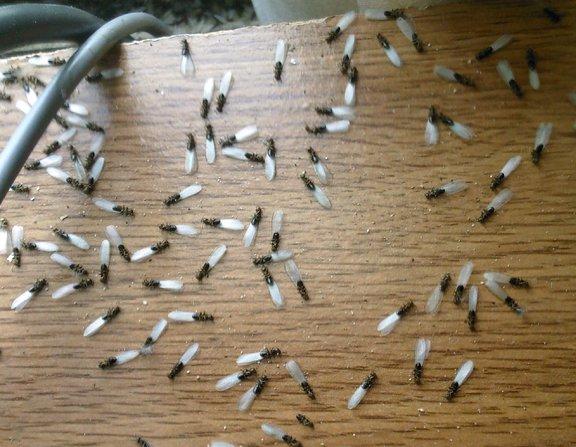
Flying, swarming termites

The appearance of rippling or sunken areas behind wallpaper or other wall covering
When
- Before the building is build
- Before you do renovation
- When you found termites
- For preventative purposes
How
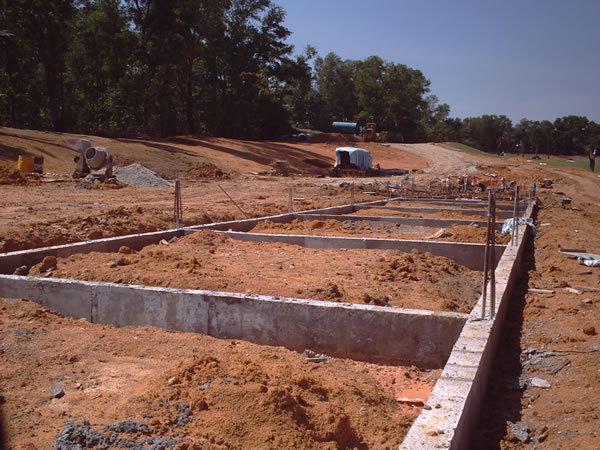
Pre-construction Soil Treatment
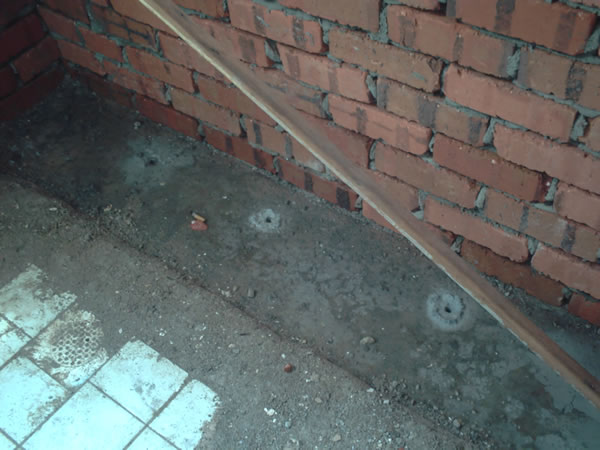
Post Construction Slab Injection
- PRE-CONSTRUCTION SOIL TREATMENT
- POST CONSTRUCTION SLAB INJECTION
- TERMITES BAITING SYSTEM
- RESIDUAL SPRAY

